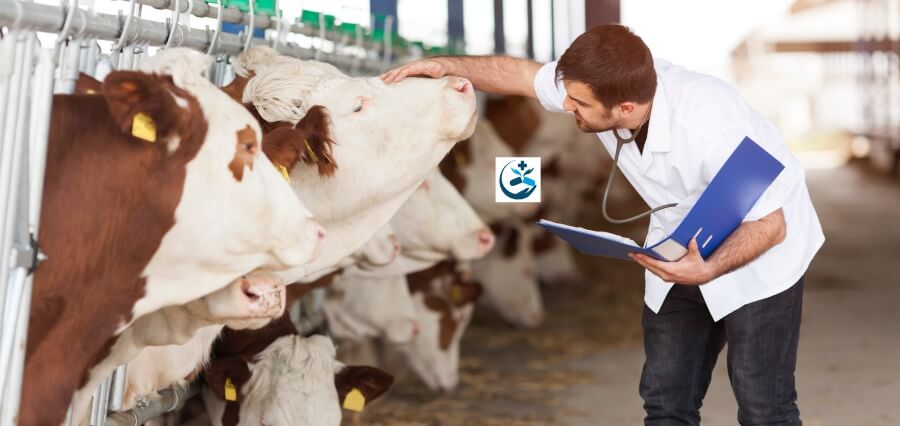Experts emphasize that the US is not disclosing sufficient data regarding the outbreak.
Concerns are mounting among researchers worldwide over the emergence of highly pathogenic avian influenza (H5N1) in US dairy cattle, with the virus spreading to new herds and states. Numerous experts assert that the US is not sharing an adequate amount of information from the federal investigation into the unexpected and escalating outbreak, including genetic data from isolated viruses.
As of now, the US Department of Agriculture has reported 32 affected herds across eight states: Idaho, Kansas, Michigan, New Mexico, North Carolina, Ohio, South Dakota, and Texas. While some instances of the virus’s spread can be attributed to the movement of cattle between herds, the USDA has not publicly clarified whether all the herds are connected in a single outbreak chain or if there is evidence of multiple instances of virus spillover to cows. Initial infections in Texas were associated with deceased wild birds (pigeons, blackbirds, and grackles) discovered on dairy farms. However, according to Stat News, the USDA has suggested that the infections do not seem to be exclusively linked to the cases in Texas.
The USDA has indicated that the virus is spreading among cows through cattle movements, but the specific mechanism of transmission remains unclear. Despite the fact that even severely symptomatic cows exhibit minimal respiratory symptoms, the USDA speculates that the virus is most likely spreading via contaminated milking equipment.
Further complicating understanding of the virus’s transmission, The New York Times reported on Friday that a herd in North Carolina found to be infected with H5N1 showed no signs of the virus. This raises concerns that the virus may be silently spreading in numerous asymptomatic herds and states. In its most recent FAQ document, the USDA recommends testing for H5N1 if herds display clinical symptoms such as lethargy, fever, decreased milk production, and diarrhea. However, The Times noted that the agency has begun reimbursing farms for testing asymptomatic cows.
Additionally, the USDA disclosed evidence indicating that H5N1 from dairy farms has spread back to birds in adjacent poultry farms, although the exact mechanism of transmission remains unclear.
The pervasive uncertainty and extensive transmission patterns raise concerns about the virus’s adaptation to infect mammals and the potential for human transmission. Last week, Jeremy Farrar, the chief scientist for the World Health Organization, expressed profound concern over the spread of the virus in US dairy cows, as reported by CNN. “The great concern, of course, is that in doing so and infecting ducks and chickens—but now increasingly mammals—that that virus now evolves and develops the ability to infect humans. And then critically, the ability to go from human-to-human transmission.”
In particular, experts are cautious of the possibility that the outbreaks in dairy cows could extend to nearby pig farms, mirroring the situation with adjacent poultry farms. Pigs are susceptible to both avian flu viruses and human flu viruses, potentially serving as breeding grounds for the emergence of new recombinant flu strains.
As of now, the USDA has stated that genetic analyses of H5N1 viruses affecting cows have not shown any mutations that “would enhance its transmissibility among humans and from person to person.” However, Stat reported last Thursday that international experts have criticized the USDA for not providing more genetic data from its investigation, among other details. Until this past weekend, the agency had only uploaded a limited number of genetic sequences to an international database of viral genome sequences (GISAID).
Read More: Click Here







